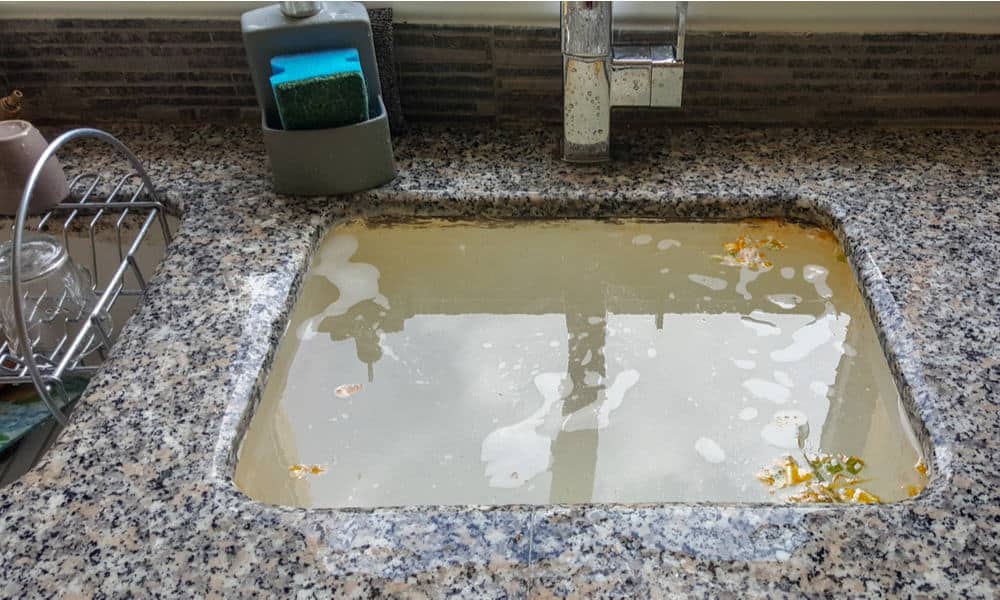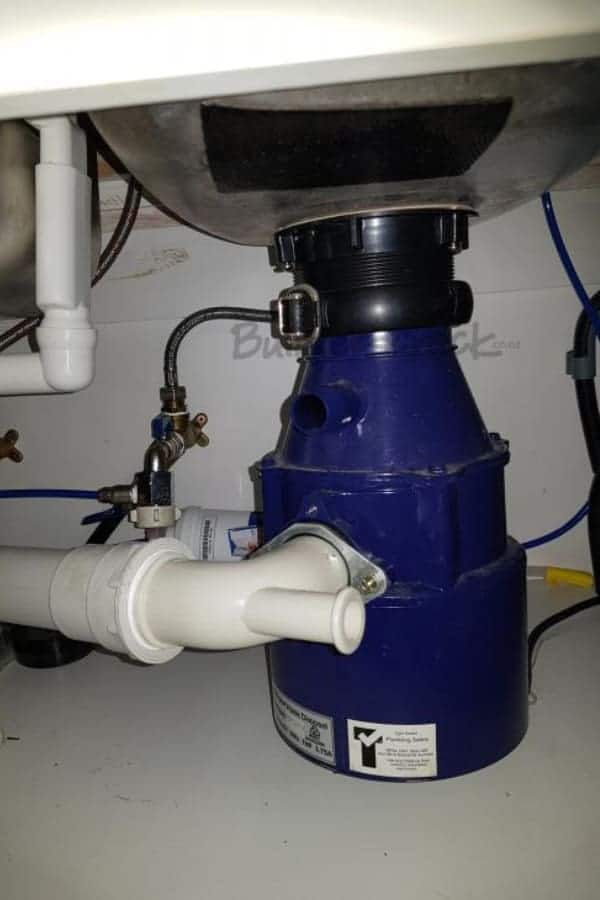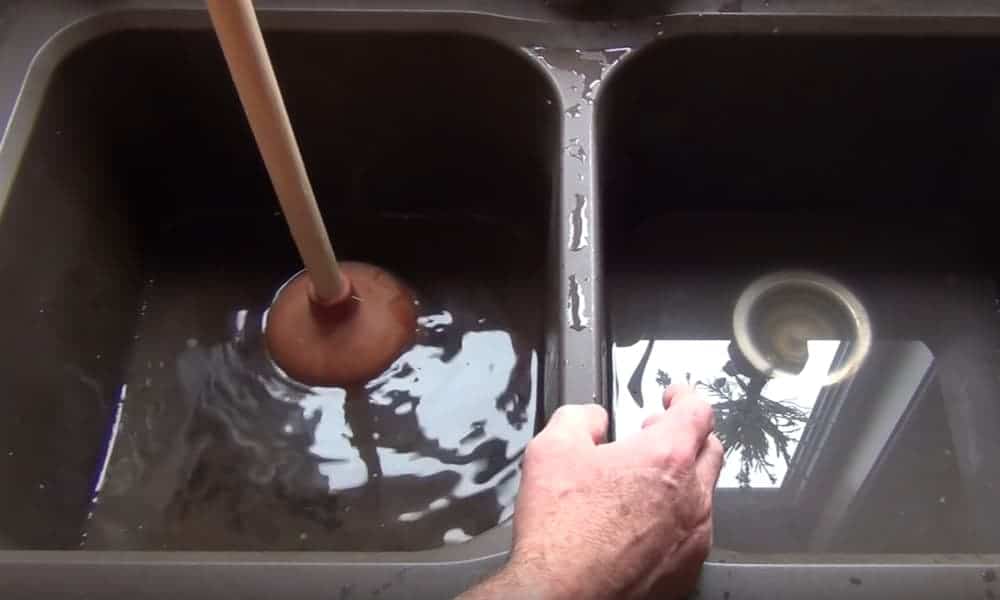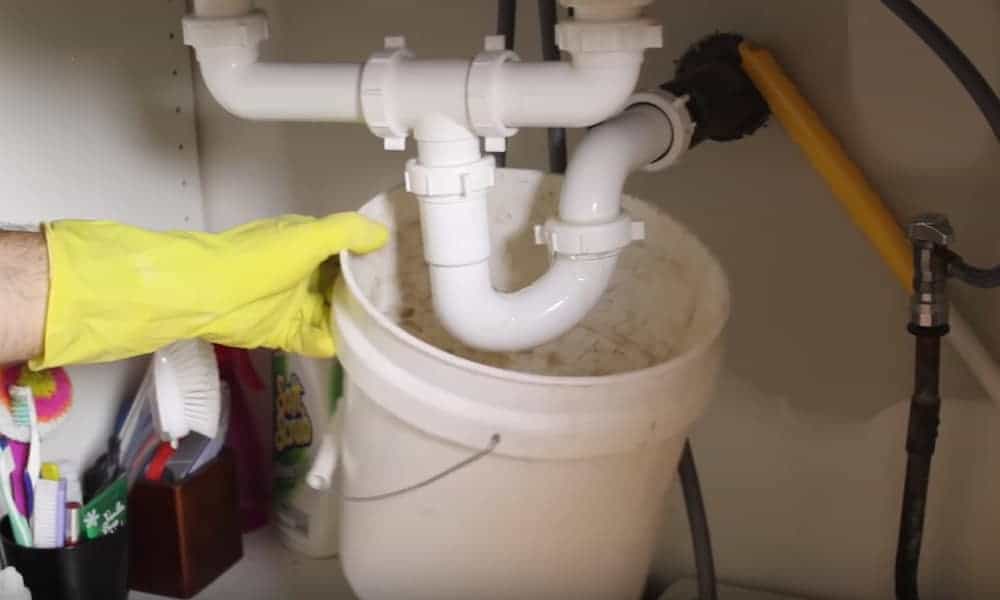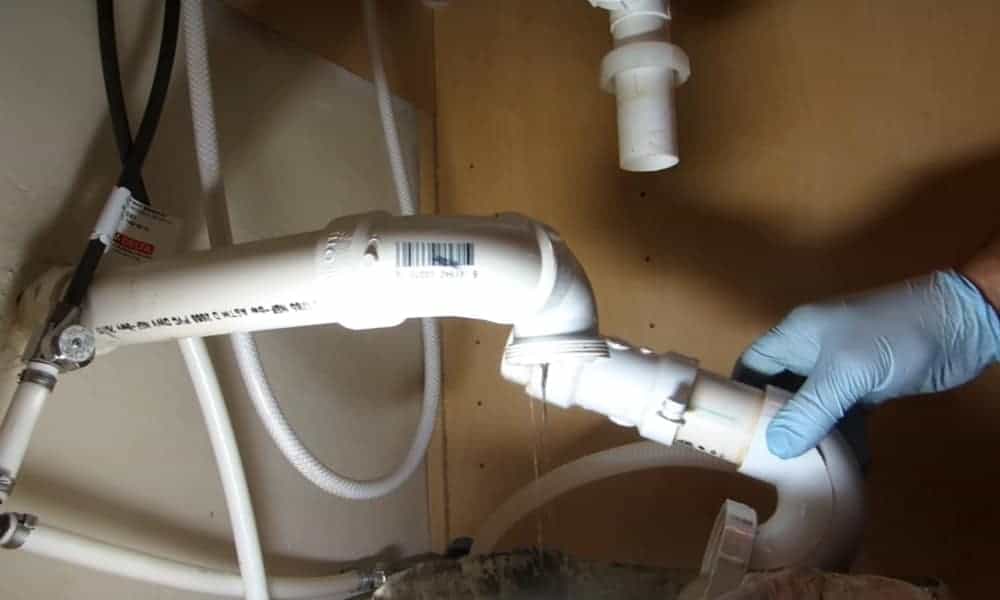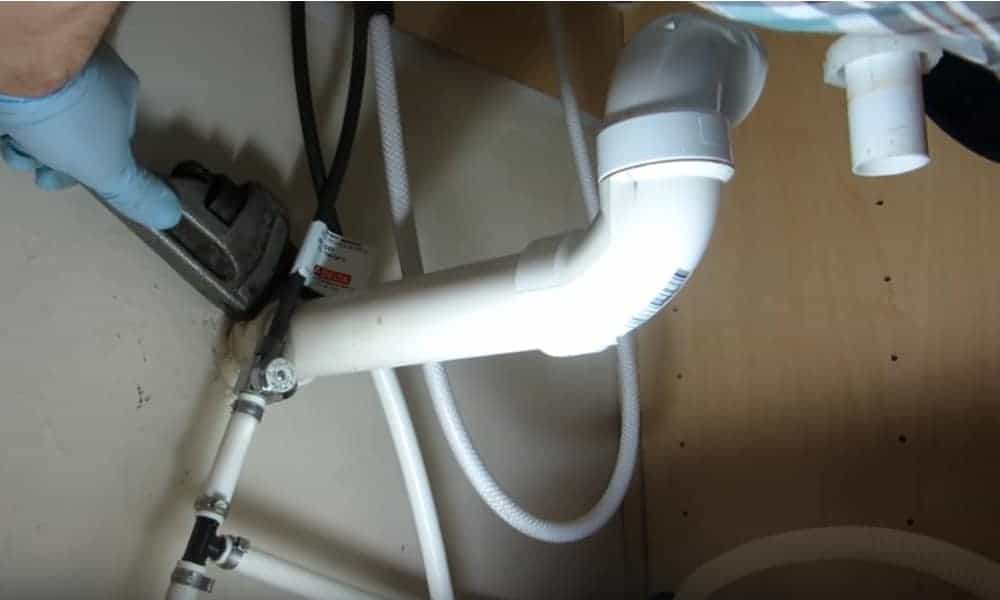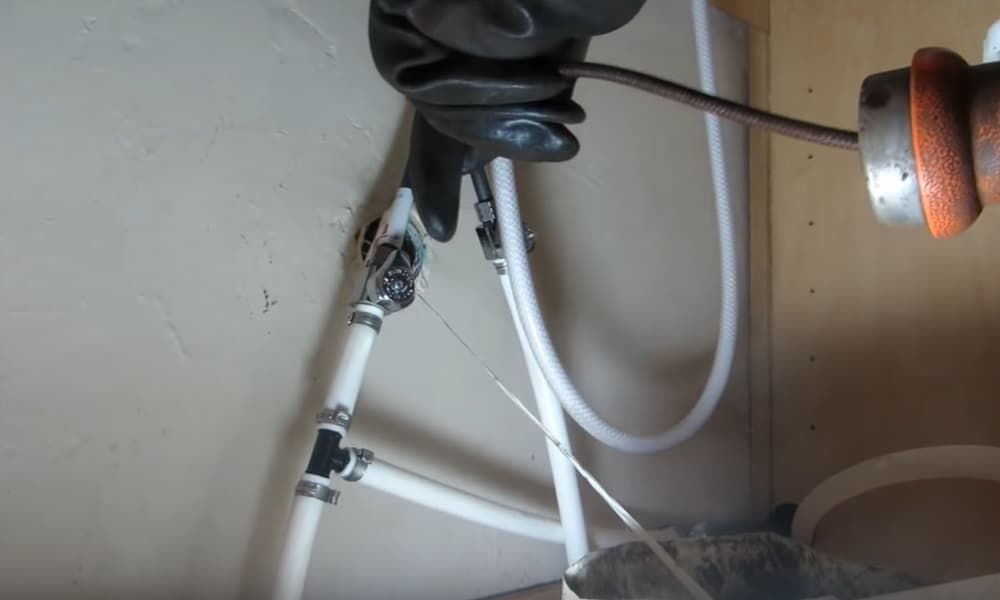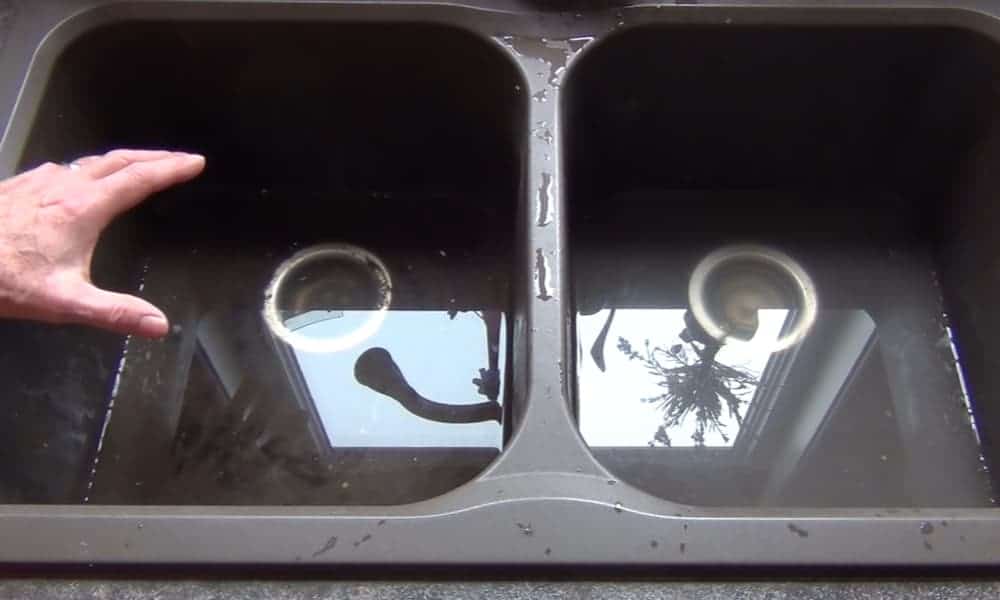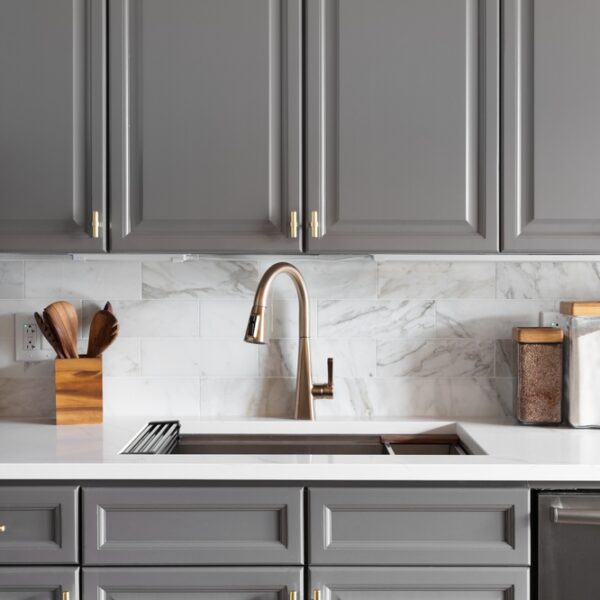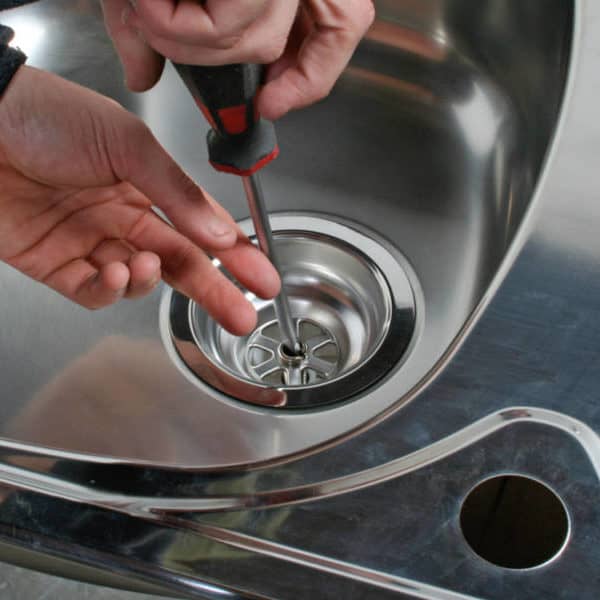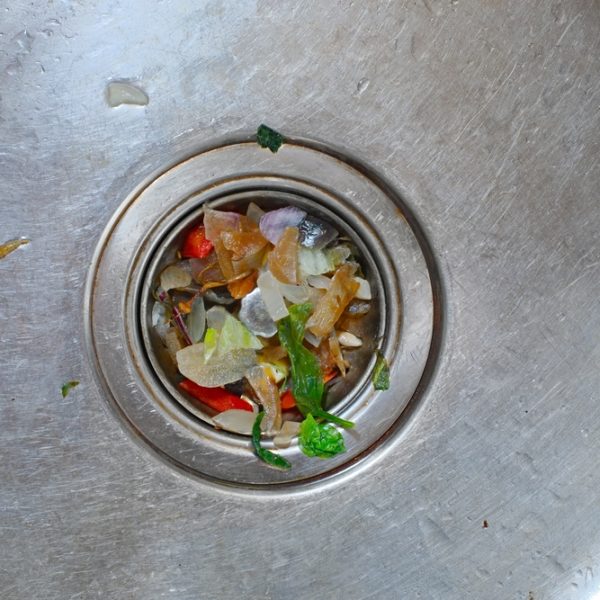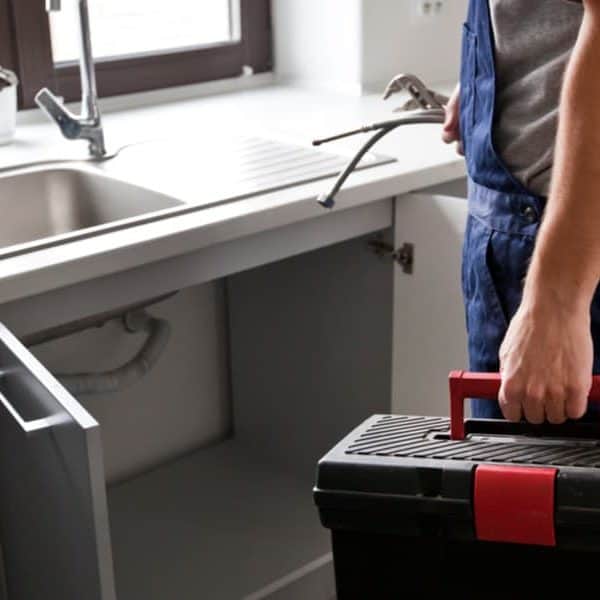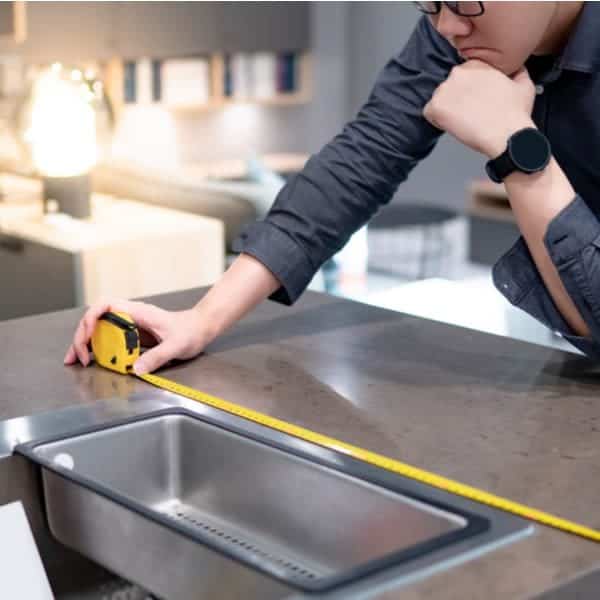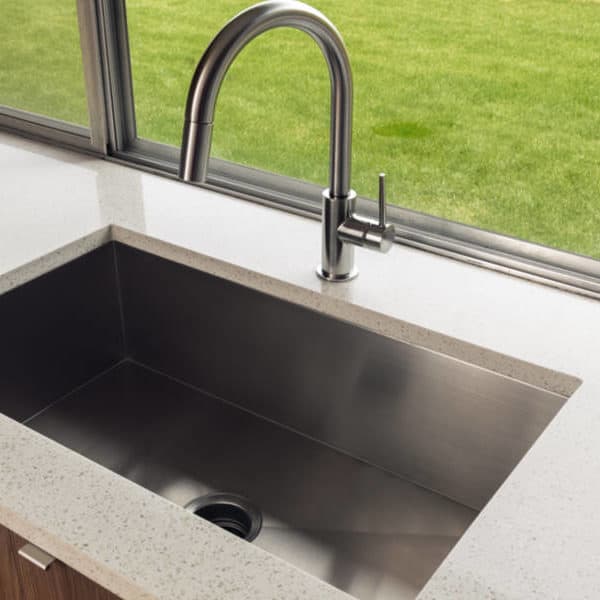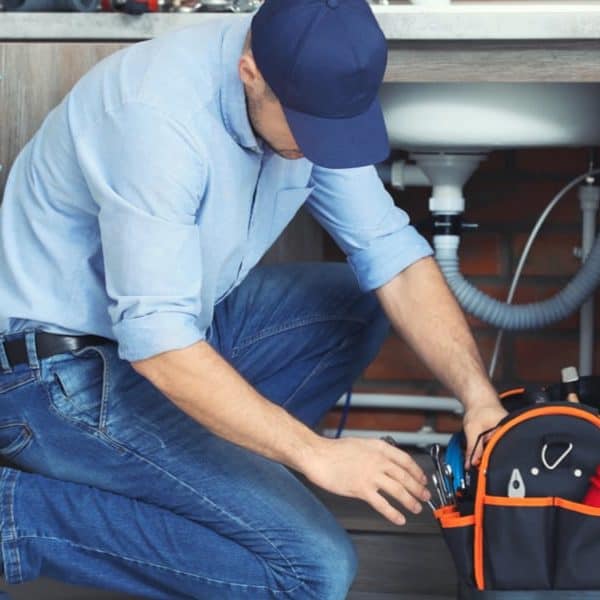A blocked sink comes as one of the frustrating problems in any kitchen. When this happens, you will have to deal with stagnant dishwater and an untidy kitchen sink. There are 4 common causes of kitchen sink blockage.
Although a plumber can clear the debris, you can also solve this problem without any help. With this post, I will show you how to unclog a kitchen sink with the following steps.
Step 1. Gather the Required Tools
As mentioned earlier, a blocked sink or garbage disposal can mar your day. Instead of spending time on things you enjoy, you will have to worry about calling your plumber.
But with a few tools and minimal skills, you can clear the pipes. You will also need a few minutes for this task.
Before you follow the guide on how to unclog a kitchen sink, you will have to bring out the required tools. These include a drain pipe and plunger, which you can get at any hardware store.
When shopping for a plunger, choose the one that has a big rubber mouth. Although it offers more thrust, it stands as one of the best home remedies to unclog a kitchen sink. Ensure this plunger has a short thick that can handle excess pressure.
Step 2. Check the Waste Disposal Unit
When you have a blocked sink, you might need to look out for a clogged garbage disposal unit. If you have stagnant water at the disposer, use the plunger to remove the blockage or push it down the pipes.
If you hear a “hum” sound, especially when you turn on the unit. Then you have a jammed garbage disposer. Hence, turn off the device and disconnect the unit from its power source.
Move to a hole at the lower part of the disposer. Push in an Allen wrench to turn the blades manually.
Is your unit silent when you switch it on? This means it’s motor’s breakers have tripped up. Allow the garbage disposer to cool. After a few minutes, push the reset button to switch on the device.
If you use a dishwasher, place a clamp on the elastic part of the pipe, particularly before using a plunger. This method helps keep the wastewater from moving back into the connected cabinet.
Step 3. Use Plunger to Remove the Debris from the Drain
If your garbage disposer works well, use a plunger to remove the blockage. But if you use a dishwasher, remember to fix a clamp on the drain supply line. Allow the plunger to cover the drain by filling the sink with 3-4 inches of water.
If you use a double sink, firmly press a wet rag over the second drain opening. You can even use a basket strainer to close it.
Start Plunging
To clear out the drain, use a wet cloth to cover the opening of a sink drain. Place the plunger on the second drain and pump for 20 seconds.
Direct the water into the sink by spinning the rubber head of the plunger and work the tool with force. At the final upward movement, pop the tool from the opening of the drain for enhanced pressure. If the stagnant remains in the sink, use the plunger for a couple of minutes.
Work the Plunger
Again, at the final upward stroke, pop the plunger from the mouth of the drainpipe to take out the debris.
Plunging serves as a natural way to unclog kitchen sink waste. However, use the ideal plunger to clear the drainpipe completely. Also, ensure you place towels around the work area to handle spills.
Step 4: Clear Out the P-trap
When you have a drain with a blocked P-trap and trap arm, this could be as a result of grease or food waste. If the debris remains especially after vigorous plunging, you will have to loosen and clear out the P-trap.
Dismantle the Trap
Mop out the water in the sink to prevent excess spills after removing the trap. Place a bucket or container to catch such spills. Free the slip nut holding the trap arm and taste. Shake gently to pull out the assembly altogether.
Most kitchen sinks use plastic drains. However, vintage models work with metal pipes and traps. It’s easier to loosen a plastic slip nut than a metal one. But ensure you dismantle the trap assembly with care to prevent potential damage.
Remove the Dirt in the Trap
Head to the space between the P-trap and trap arm, then unscrew the slip nut. Next, take out the nut at the lower part of the waste tee. Take out the dirt from the P-trap. Finally, double-check both items for cracks and damage. If you find any, you will need to get a replacement.
Fix the P-trap and try out the line with warm water. Avoid excess screwing of the slip nut. Just use your hands and a plier for a final turn.
Extract the Trap Arm
If the P-trap does not have any blockage, extract the trap arm and remove any dirt. Take out the trap arm by unscrewing its slip nut with a pair of pliers. Then separate the hook from the drain line stub-out.
Insert a screwdriver into the drain stub-out. Pull out any waste at the mouth of the pipe. If you still have a blockage, you will have to use a drain snake.
Step 5: Unclog Kitchen Sink with Drain Snake
One of the best ways to unclog kitchen sink pipes is to use a drain snake. Also known as a hand auger, this tool comes at an affordable price. Some models cost more, but it depends on their length and other features.
I advise that you go for a 3/8 inch variant as it can work for any blockage. Since it measures about 20 feet, it’s easy to swirl around a pipe.
You can go for shorter drain pipes. However, they work with many types of blockage. When using any drain snake, remember to bring out a plastic container to catch spills. You will also need a pair of gloves and a flashlight.
If you want to avoid a blocked pipe or using this tool, do not dump waste into the drain pipe.
But if you have a clog, use the snake by unscrewing the setscrew at its head. Pull out between 6 to 10 inches of the cable. Next, tighten the set screw and twirl the tool down the kitchen pipe.
You might feel an obstacle as the snake goes into the tube. Do not worry as it might be the device sliding corner. Release another 6 to 10 inch of cable, and continue pushing the snake into the kitchen drain.
Place the Snake into the Pipe
For a complete cleanse, pour in a baking soda and vinegar solution. You can prepare this combo by dumping half a cup of white vinegar with half a cup of baking soda into the drain.
Seal both mouths and allow them to stand for a couple of minutes. Flush the drain with another gallon of warm water. If you use this solution, you can remove greasy residue and unpleasant smells from your drain.
Assemble the P-tap and turn on the faucet to check the drain. If the water swirls with ease, then you learned how to unclog a kitchen sink.
Step 6: Use a Coat Hanger
Apart from a drain snake, you can also use a coat hanger to clear a clogged sink. Start by straightening the hanger and push it into the drain or stub pipe. When you reach the blockage, pull out the wire.
Even if the wire cannot travel as deep as a snake, it can handle some clogs. But use this item gently as it can damage the surface of your sink.
Other Ways on How to Unclog Kitchen Sink without Tools
1. How to Unclog Kitchen Sink with Vinegar and Baking Soda
As with a plumber’s snake, throw a mix of vinegar and baking soda into the drain. If you want to perform a periodic cleanse, pour in half a cup of each of both substances. Leave for some minutes before flushing with warm water. If you don’t have items, go for lemon juice.
2. How to Unclog Kitchen Sink with Drain cleaner
If your sink clogs regularly, consider getting a mild drain cleaner. Immediately your kitchen sink draining slowly, pour in the liquid to avoid potential clogs. You can purchase a mild drain cleaner from any retailer.
3. How to Unclog Kitchen Sink with Organic Enzymes
These materials can breakdown debris in your clogged drain. You can even use them for many functions. If you use these chemicals regularly, your plumbing will not have any blockage.
These substances might not be ideal as a plunger or drain snake. But if you use them to clean pipe at intervals, they can prevent the growth of greasy residue that can block your plumbing. Overall, they are a great way to maintain your pipes.
If you use this guide but it doesn’t help you remove the clogs in the drain, seek the service of a qualified plumber. The professional will help you extract the debris, mainly if the dirt stays in between the pipes.
Tips to Prevent Kitchen Sink from Clogging
Even if working on clogged sinks requires minimal skills and tools, I recommend that you avoid blocking the drain with the following tips.
You can start by dumping little pieces of waste at a time. Ensure the garbage disposer has worked on the first batch of the debris before you feed in another one. You should also avoid dumping greasy food and coffee waste down the unit. Finally, flush the drain, especially when you have finished using the sink.
Wrap Up
A clogged sink can make your kitchen look untidy and smell funny. However, you can clear the blockage without contacting a plumber. You can use a plunger or drain pain pipe to remove any clogs.
If you do not have any of the tools, use a straightened coat hanger, natural enzymes, and drain cleaner. After the waste comes out, pour in a vinegar and baking soda solution to remove all dirt and make the drain smell better. However, If the blockage remains, seek a professional.
If you have any questions or comments, you can place them in the comment box below.
